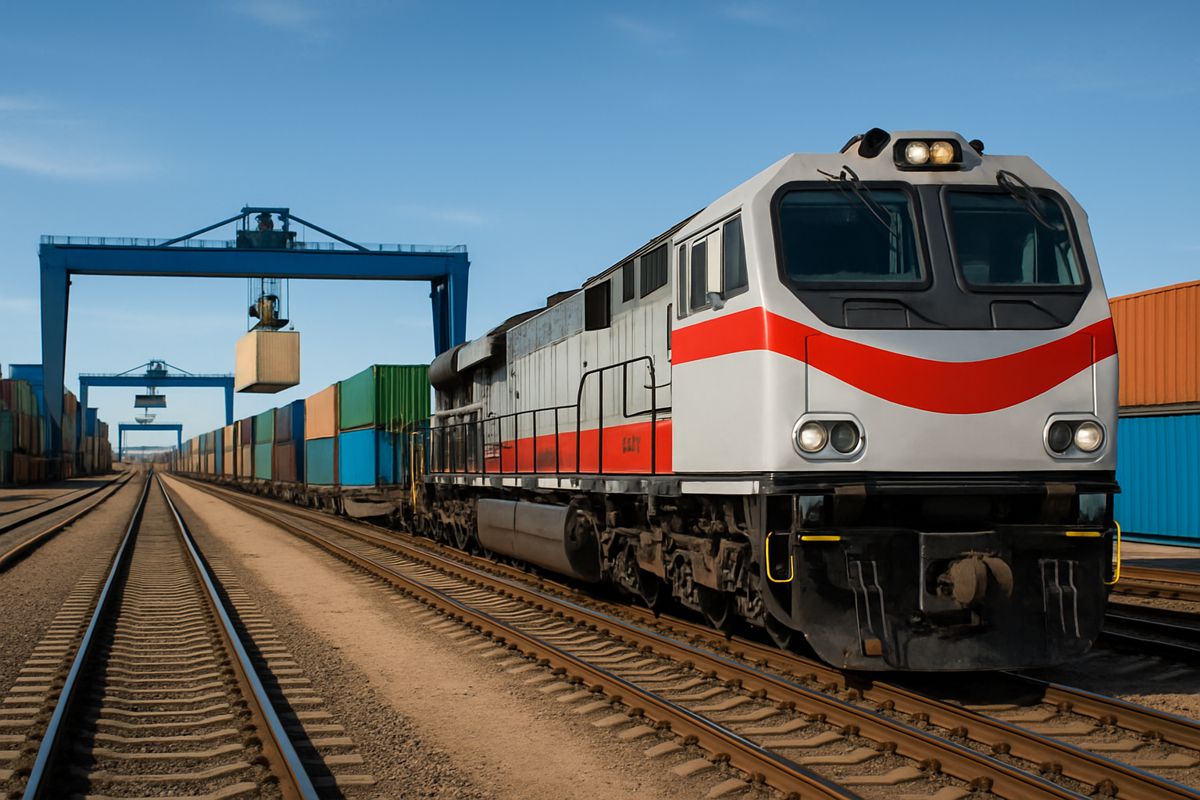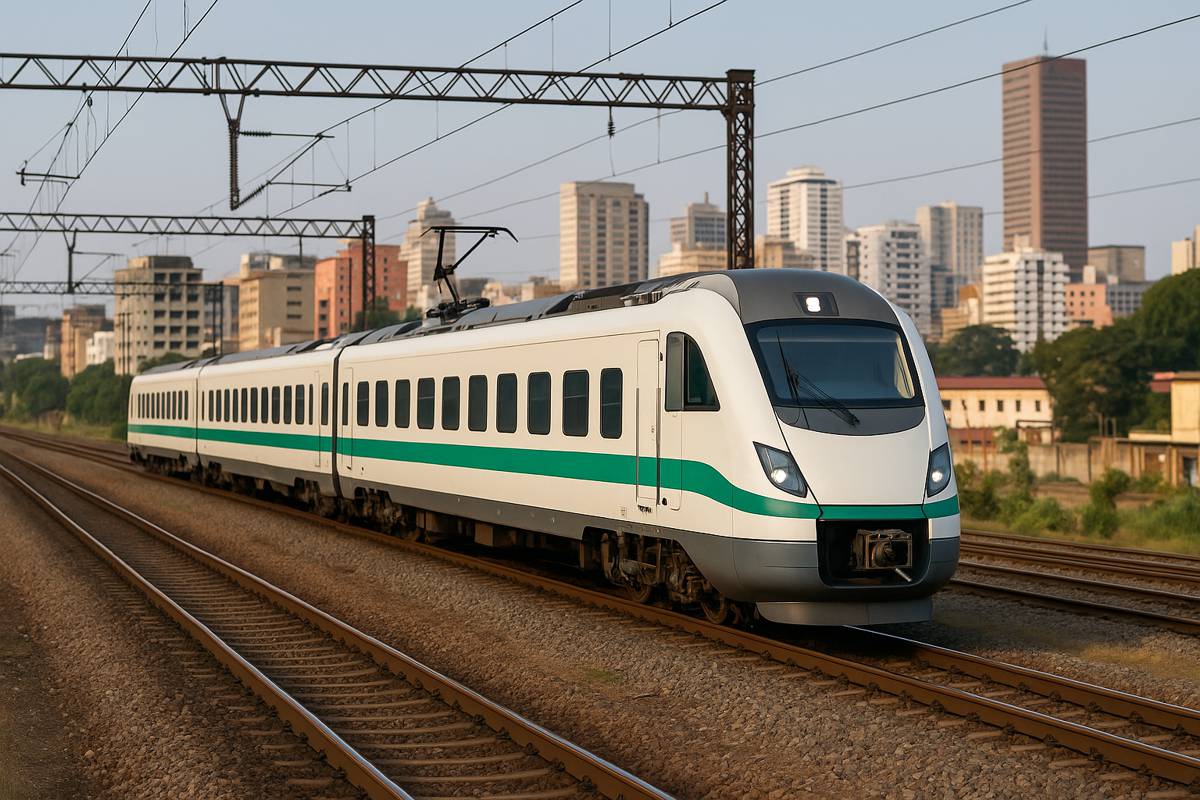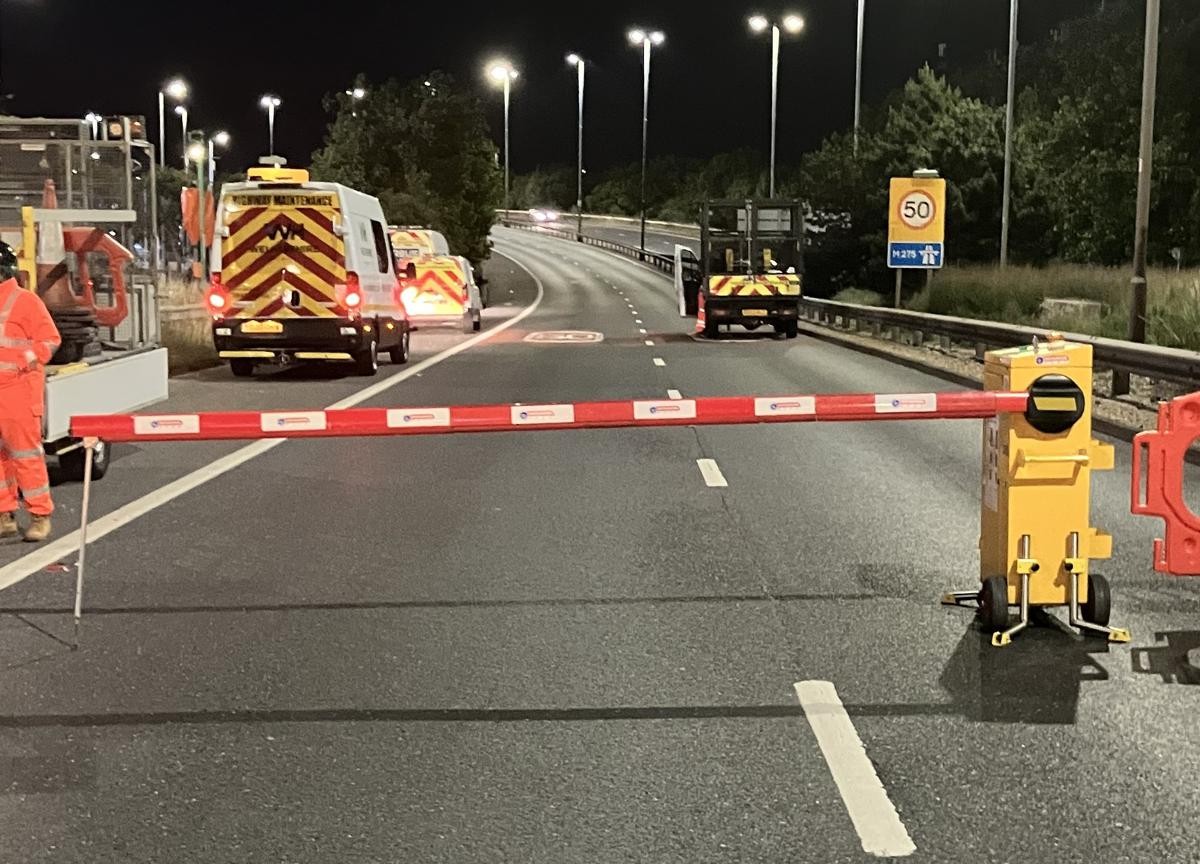Network Rail leaf-busting trains travel 4 times around the earth to tackle leaves on the line
Network Rail will be travelling the equivalent of more than four times around the world on the south western rail network to combat leaves on the line, which act like black ice on roads and can cause train delays throughout the autumn months.
The network has more than 1,300 miles of track, much of which is surrounded by trees and vegetation, which must be regularly treated to keep them clear. Six specially designed trains with high pressure water jets are expected to cover around 120,000 miles in the coming months on the route.
Leaves cause problems on the rail network when they stick to damp rails and passing trains compress them into a smooth, slippery layer, reducing wheel grip.
To keep passengers safe, train drivers must brake earlier when approaching stations and signals to avoid overshooting their stop. They must also accelerate more gently to avoid wheel spin. Taking these factors into account, South Western Railway publishes an autumn timetable, which will come into place this Sunday 7th October and will run until 8th December.
Becky Lumlock, route managing director for Network Rail, said: “The issue of leaves on the line is a very real problem for the railway industry which will present us with a number of challenges in the coming months.
“Our teams of engineers will be working around the clock across the region to keep the tracks clear and keep people on the move.
“We will also be monitoring leaf-fall very closely in order to tackle high risk areas before they become a problem for trains.”
Leaves can also interfere with the signalling system, by interrupting the connection between the wheel and the track, reducing its ability to detect a train’s location.
Equipped with a high-pressure pump, our leaf-busting trains clean the railheads by spraying them with a water jet at very high pressure (1500 bar) to blast away leaf mulch, clearing the tracks and helping the signalling system to work correctly.
They then apply a layer of adhesion modifier – a mixture of suspension gel, sand and steel or iron shot – to the rail to aid traction and help trains run as normal.
Throughout the season, a high-definition adhesion forecasting service will be provided by the Met Office to forecast railhead adhesion based on station-to-station sections. This will help shape a number of operational mitigations, including extra treatment and notifications to signallers and train crew.





















